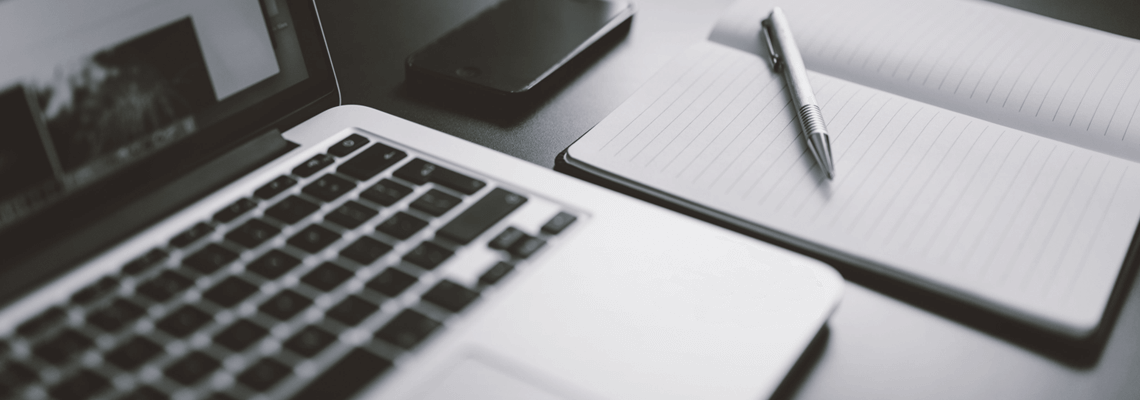
Chapter 7 vs. Chapter 13 and Your Collateral
How does consumer bankruptcy protect your personal and/or business assets that you gave as collateral on a loan?
Liens Generally Survive Bankruptcy
When you provide collateral to secure a creditor’s loan, you let the creditor put a lien on the collateral. The creditor then just needs to take the appropriate legal steps to actually create that lien. Assuming the creditor does so, the creditor a right to take the collateral if you don’t pay the loan.
The lien—this right to the collateral—generally survives your bankruptcy. Your obligation to pay the loan is discharged—written off forever—in bankruptcy. But the creditor’s right to the collateral continues. So if you want to keep the collateral, you’d have to pay the debt. Or sometimes you’d only pay part the debt and still hold onto the collateral.
But Some Liens Can Be Voided in Bankruptcy
Although generally liens survive bankruptcy, there are exceptions. Bankruptcy gets rid of certain category of liens on certain kinds of collateral under certain conditions.
This one category is of liens is “non-purchase money” liens. These refer to liens in which you did not incur the debt to buy the collateral. Instead you gave something you already owned as collateral for the debt. You might be able to “avoid”—erase—a “non-purchase money” lien.
You can “avoid” non-purchase money liens on two kinds of collateral:
1) on household goods and furnishings, clothing, appliances, books, animals, and jewelry for household use, as long as these did not include more than 1 radio, 1 TV, 1 VCR, and 1 personal computer, and did not include works of art, antiques worth more than $675, and jewelry worth more than $675 (other than wedding rings); and
2) on tools of trade, including farm animals and crops worth $6,425 or less.
Conditions for Lien Avoidance?
So what are the conditions under which non-purchase money liens on the above kinds of collateral can be avoided?
If these kinds of assets were not collateral on the debt but rather you owned them free and clear, would often be protected in bankruptcy through property exemptions. Property exemptions allow you to keep certain assets yourself, away from creditors and from the bankruptcy trustee. To the extent that a “non-possessory” lien “impairs” a property exemption, that lien can be avoided in bankruptcy. To the extent such a lien impinges on equity protected by an exemption, you can get rid of that lien.
Here’s a simple example to make sense of this. Assume that you are entitled in your state to a tool of trade exemption of $3,000. You own tools worth $2,500 that fit within this exemption. These tools are collateral on a $5,000 loan. So the tools are subject to a “non-purchase money” lien securing that $5,000 loan. The entire $2,500 value of the tools is fully protected by the tool of trade exemption, which cover up to a maximum of $3,000. So the entire lien impairs the tool of trade exemption. The entire lien can be avoided in bankruptcy.
In Chapter 7
What happens after the lien on the tools of trade is avoided? The $5,000 loan no longer has any collateral securing it. The creditor would have no right to the tools of trade because of the avoided lien.
That loan would very likely be discharged in the Chapter 7 bankruptcy case. (The main exception would be if that loan was incurred through fraud.) A debt with an avoided lien under Chapter 7 is treated like any other unsecured debt.
In Chapter 13
A similar thing would happen under Chapter 13. After the lien on the tools of trade would be avoided, the related debt would be treated as unsecured. That unsecured debt would be added to the pool of your other unsecured debts. In most cases that would just reduce what the other creditors would receive, without increasing what you have to pay. And here as well, your creditor would no longer have any right to your tools of trade.
